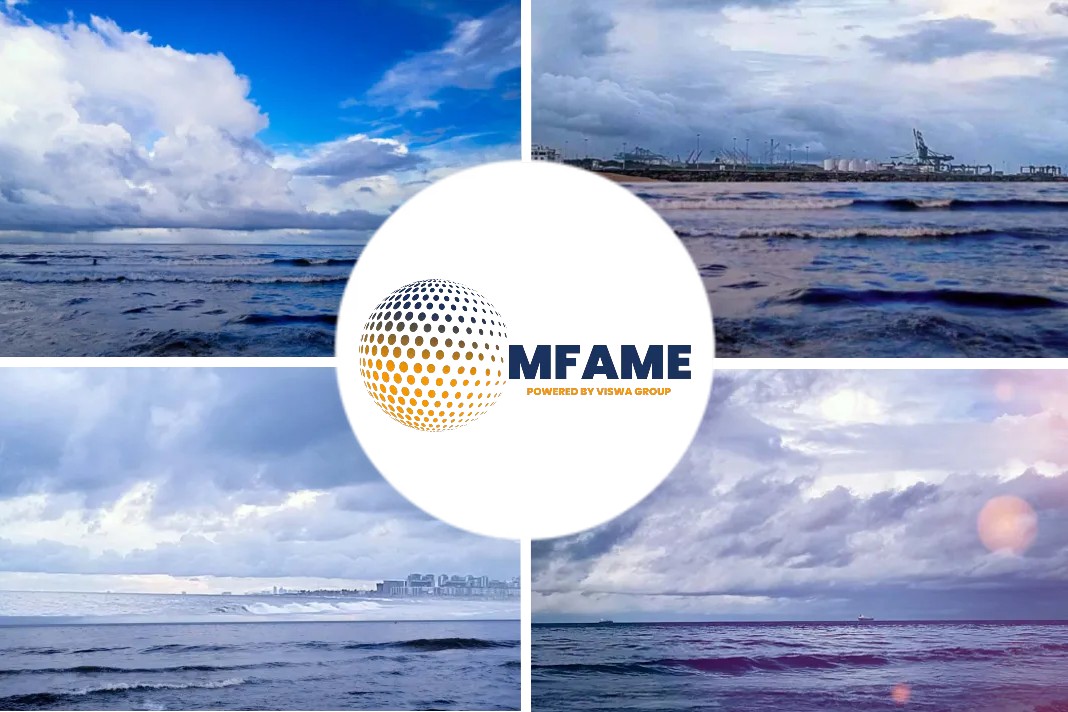- The world’s airlines embark on their commitment to a zero-emission strategy by 2050.
- Refiners are trying to plug a yawning gap in sustainable aviation fuel (SAF).
- Encouragingly, biofuel production is on the rise.
- On the ground, a front-running alternative to biofuels is hydrogen.
- Particularly in the form of fuel cells that, like batteries, produce electricity through an electro-chemical process.
A recent news article published in the World Finance reveals that the world is racing for super fuel.
Having been on the agenda for decades the pressure is currently increasing on companies to come up with zero-emission systems of propulsion.
A subtle example
In September 2020 the giant container vessel Jacques Saadé, owned by French shipping group CMA CGM, set out on a roughly 80-day maiden voyage from Europe to Asia and back.
There’s nothing unusual in that, except that this brand-new 400-metre-long vessel is the first ultra large container ship to be fuelled entirely by liquefied natural gas (LNG), a low-emission fossil fuel that so far has only powered much smaller vessels.
In the next few years the Jacques Saadé will be joined by eight sister ships.
But looking further to the future, the engines on these vessels will be able to run on zero-emission fuels – as they become available in the coming decade.
This is a race with profound consequences for the planet, and even Big Oil is joining in.
ExxonMobil, for example, is working with Synthetic Genomics to develop algae into a viable biofuel for transport.
The goal is to produce 10,000 barrels a day – equivalent to 3.65 million barrels a year – by 2025.
An urgent situation
As the world’s airlines embark on their commitment to a zero-emission strategy by 2050, refiners are trying to plug a yawning gap in sustainable aviation fuel (SAF).
In mid-2019 Total fired up a bio-refinery in France with a capacity of 500,000 tonnes a year made from waste and a variety of vegetable oils.
And US-based LanzaTech will supply SAF to All Nippon Airways (ANA) from 2021. The situation is urgent, warns LanzaTech’s chief executive Dr Jennifer Holmgren – “bold action is needed.”
Hybrid product
Encouragingly, biofuel production is on the rise. In late September, Italian oil and gas group ENI opened a bio-refinery that will turn out 750,000 tonnes a year from used vegetable oils, animal fats, algae and other waste products that will be converted into Enidiesel+, a hybrid product with 15 percent biofuel.
British Airways and Shell are collaborating on a plant in Britain that will convert household and commercial solid waste into 13 million gallons of SAF a year.
“The jet fuel coming from the plant could fuel all British Airways’ 787 Dreamliner-operated flights from London to San Jose, California and New Orleans in a year,” says director Robert Jeffery. Production is expected to begin in late 2024.
Responsible roadways
On the ground, a front-running alternative to biofuels is hydrogen: particularly in the form of fuel cells that, like batteries, produce electricity through an electro-chemical process.
Fuel cells have already been widely adopted in trucks, trains, buses and forklifts. Their only emissions are water vapour and heat.
The essential energy source – hydrogen fuel – is stored separately. However, to qualify as ‘green’ hydrogen, it must be produced from solar, wind, hydro-electric, geothermal energy and other renewable sources.
Promisingly though, the cost of renewable hydrogen has been falling steadily for years as production is ramped up, notably in giant projects in Europe, Australia and Chile.
Deep green seas
Having seen what fuel cells can do on terra firma, the generally conservative shipping sector is beginning to embrace fuel cells.
“Fuel cells will play a key role in helping marine industries address greenhouse gas emissions on the water and in ports,” predicts fuel-cell pioneer, Canada-headquartered Ballard.
And prices are falling – the cost of Ballard’s latest module, FCMove, is a third cheaper than its predecessor.
Did you subscribe to our daily newsletter?
It’s Free! Click here to Subscribe!
Source: World Finance

























